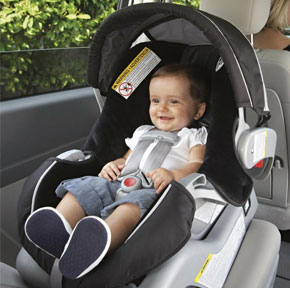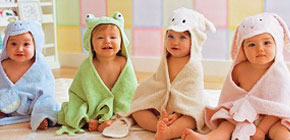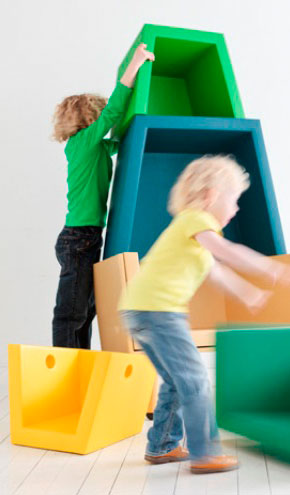Topic summary: Recently, three new national standards related to children's products have been implemented one after another, mandatorily stipulating that Children's clothing, furniture and safety seats The related children's products must meet the requirements.
These three new national standards include the new national standard for child safety seats (Restraint Systems for Children Occupants of Motor Vehicles) officially implemented on July 1, the new national standard for children's clothing (GB18401-2010 National Basic Safety Technical Specifications for Textile Products) officially implemented on August 1, and the new national standard for children's furniture (General Technical Conditions for Children's Furniture).
Do you know what they are? How should I choose related children's products?





